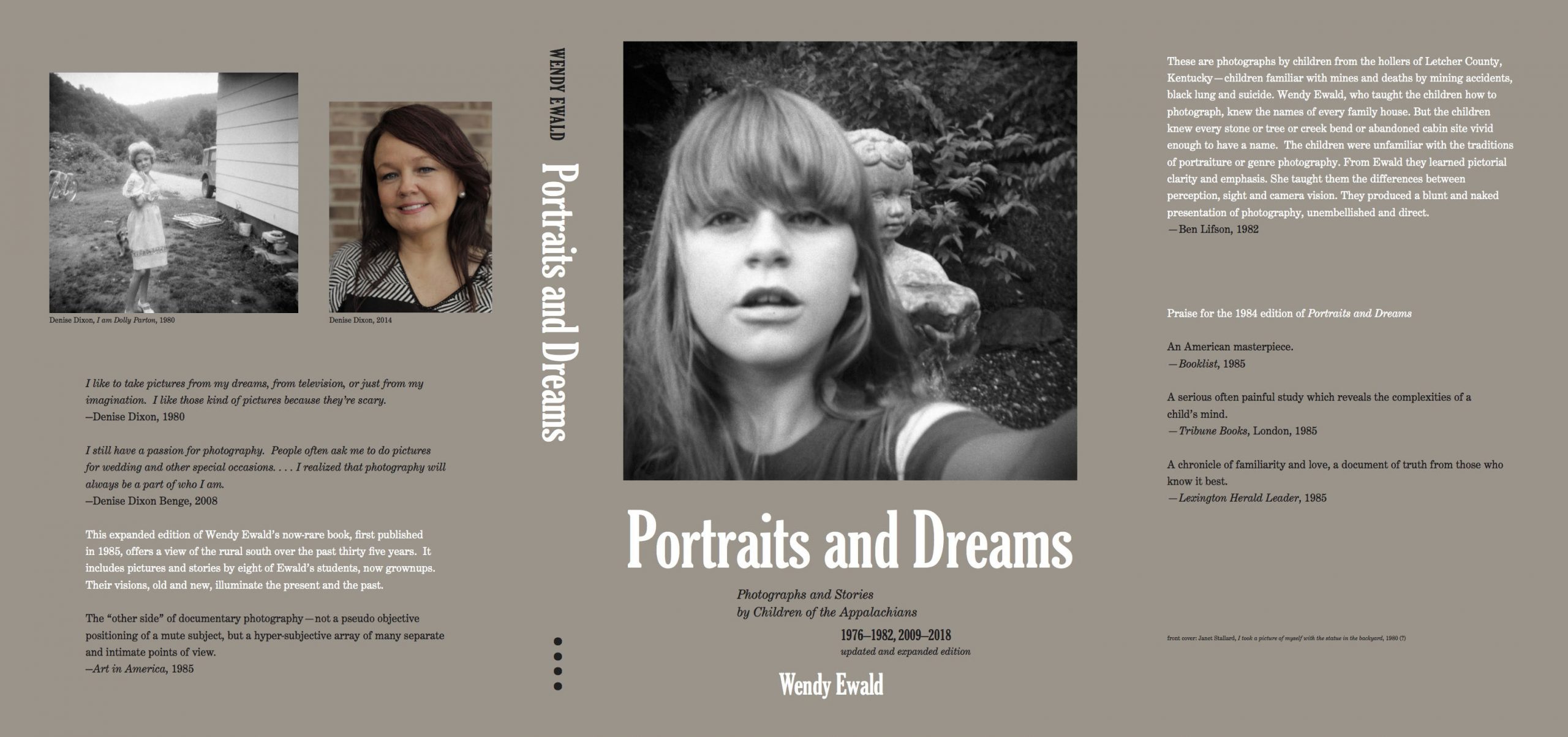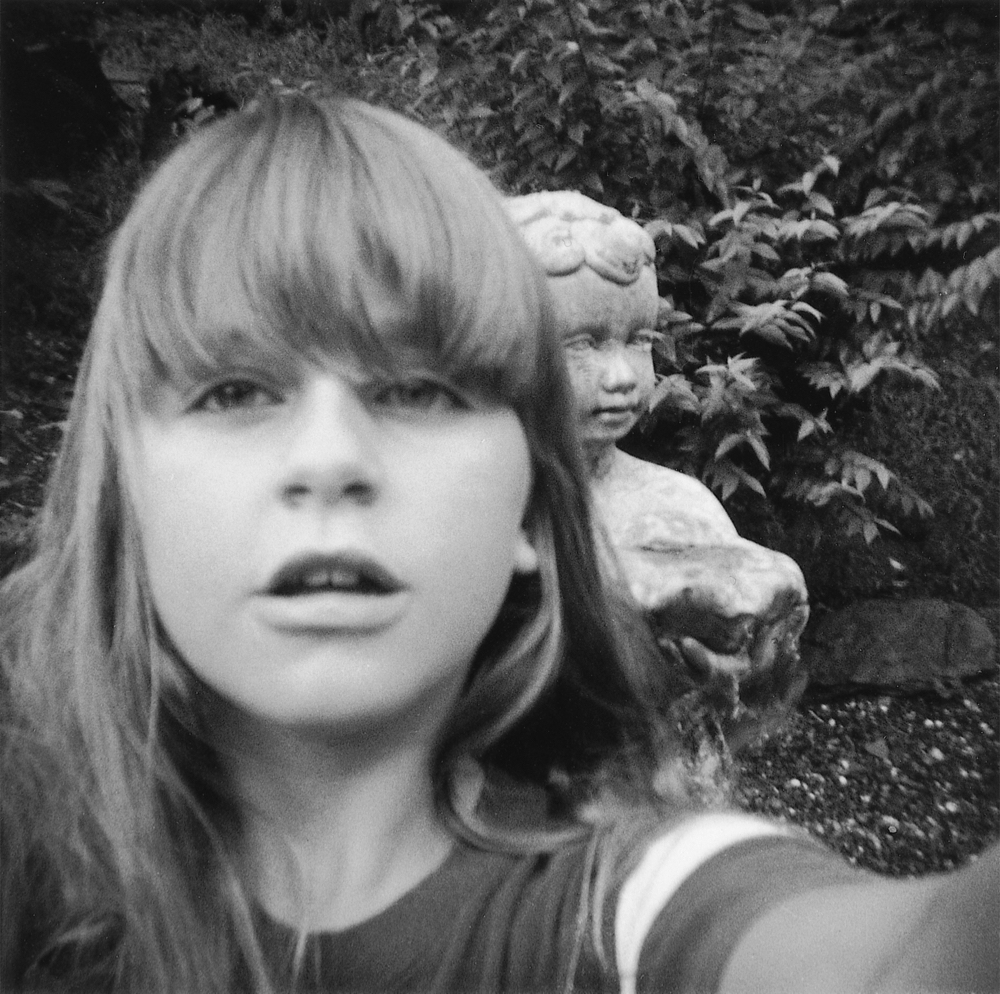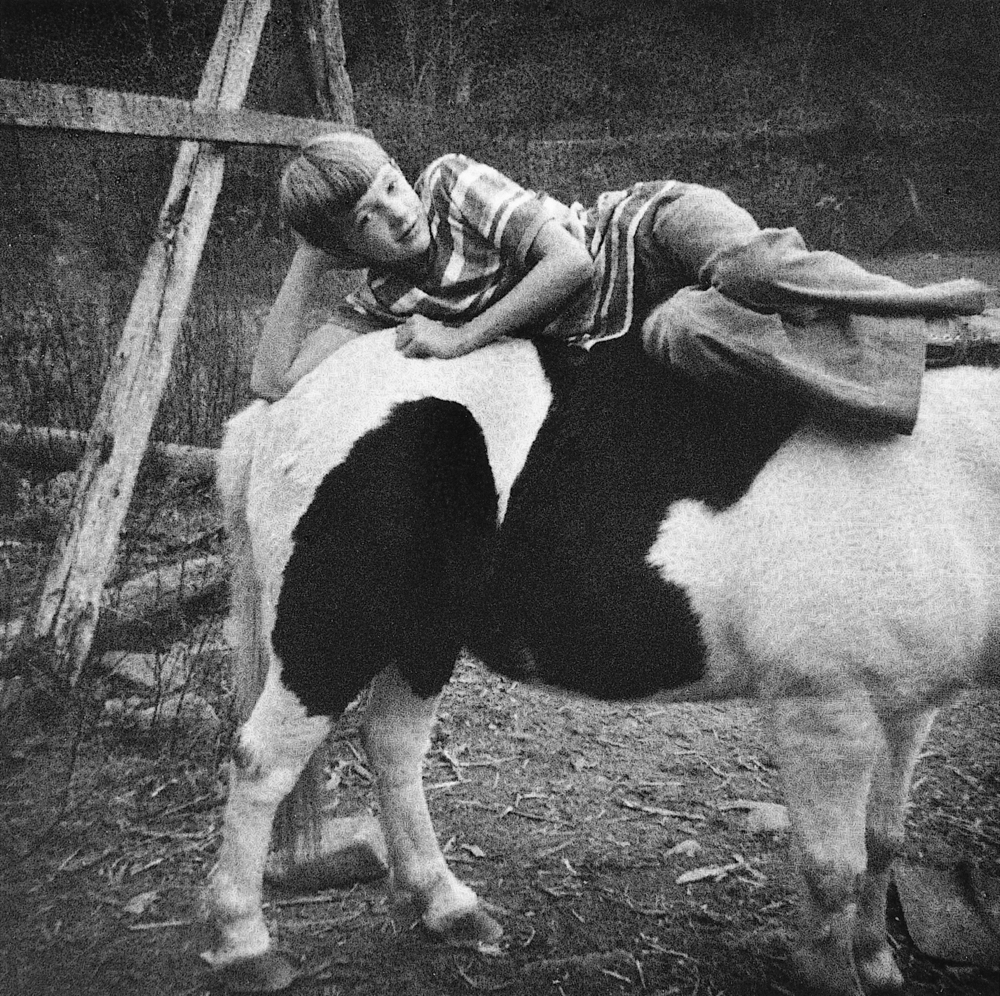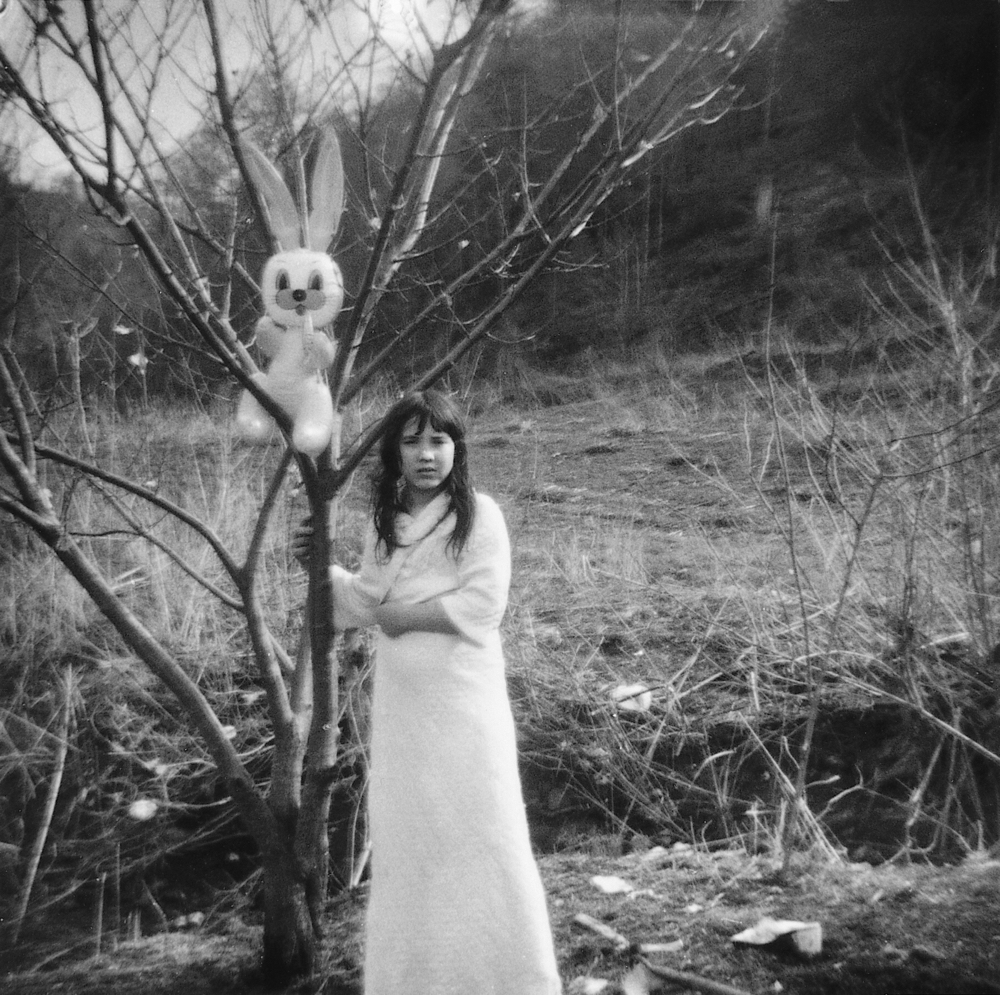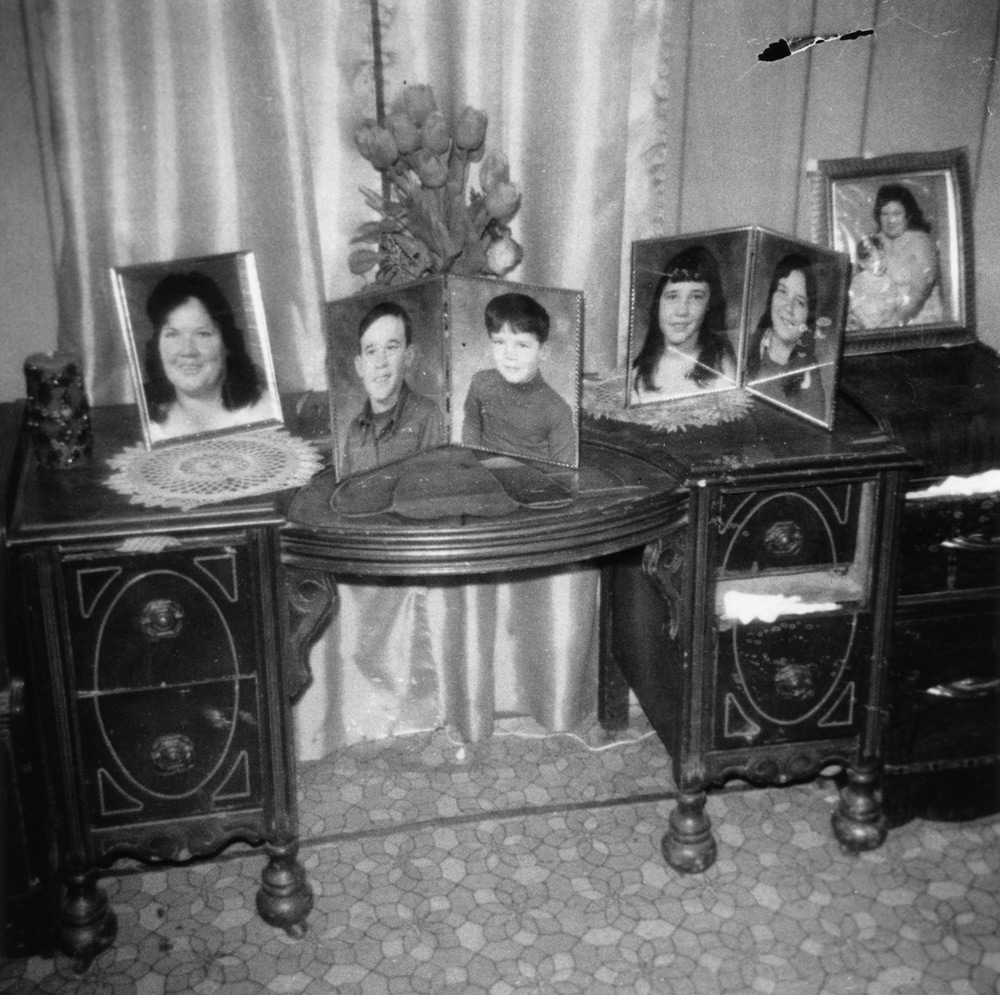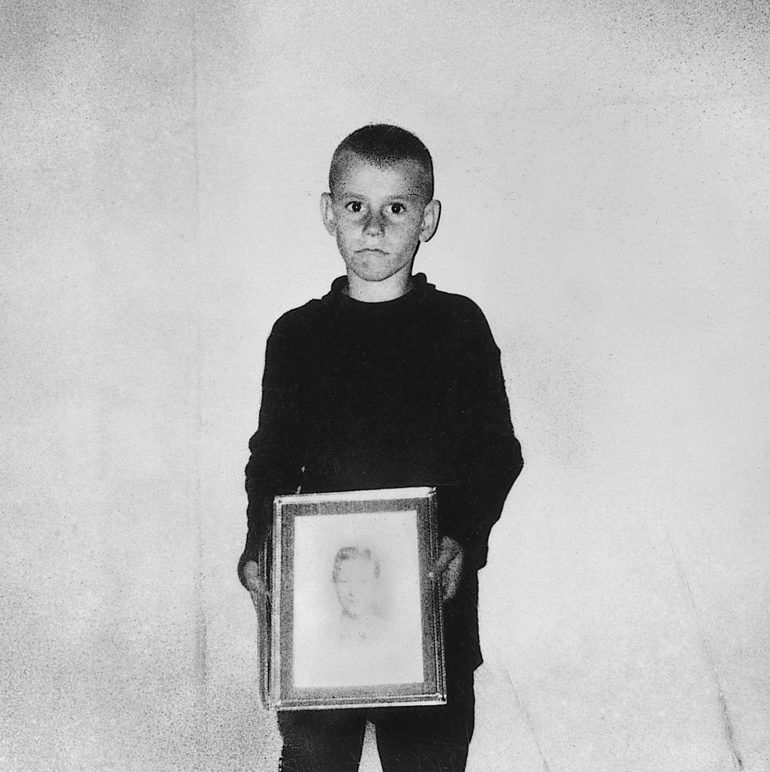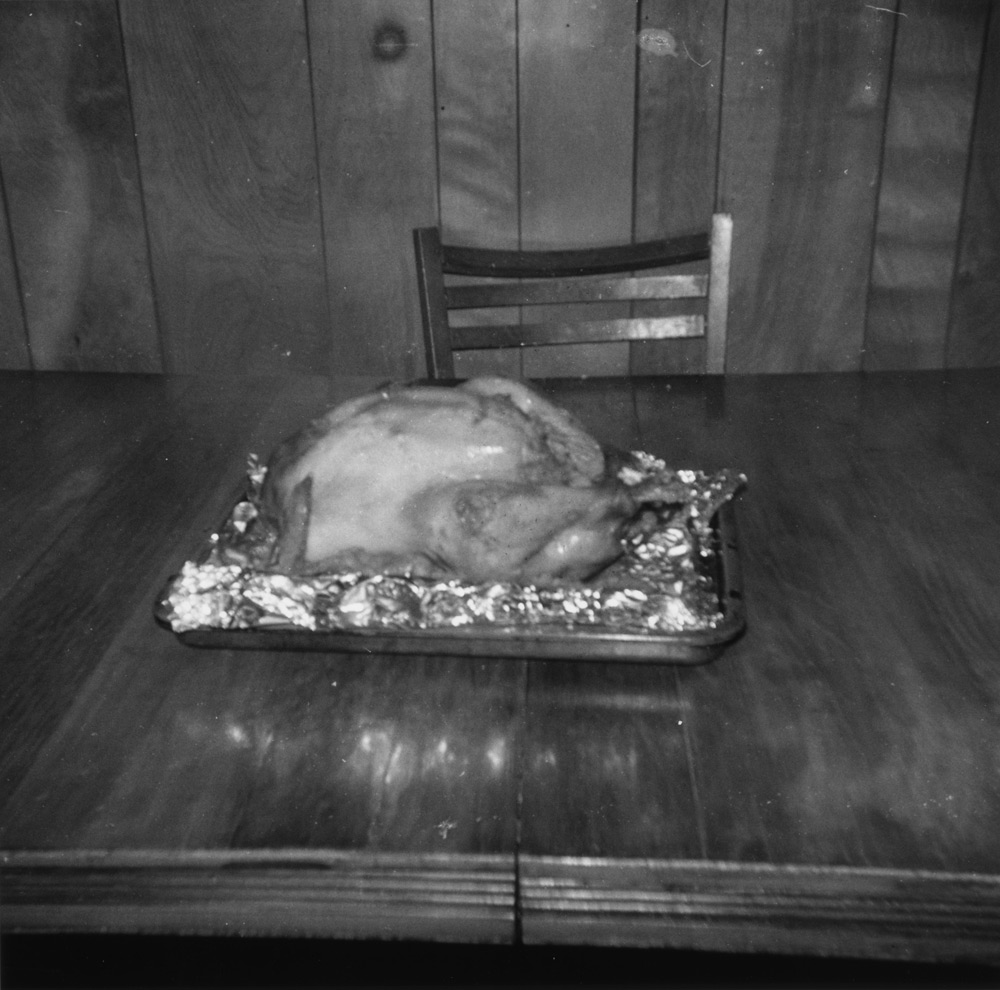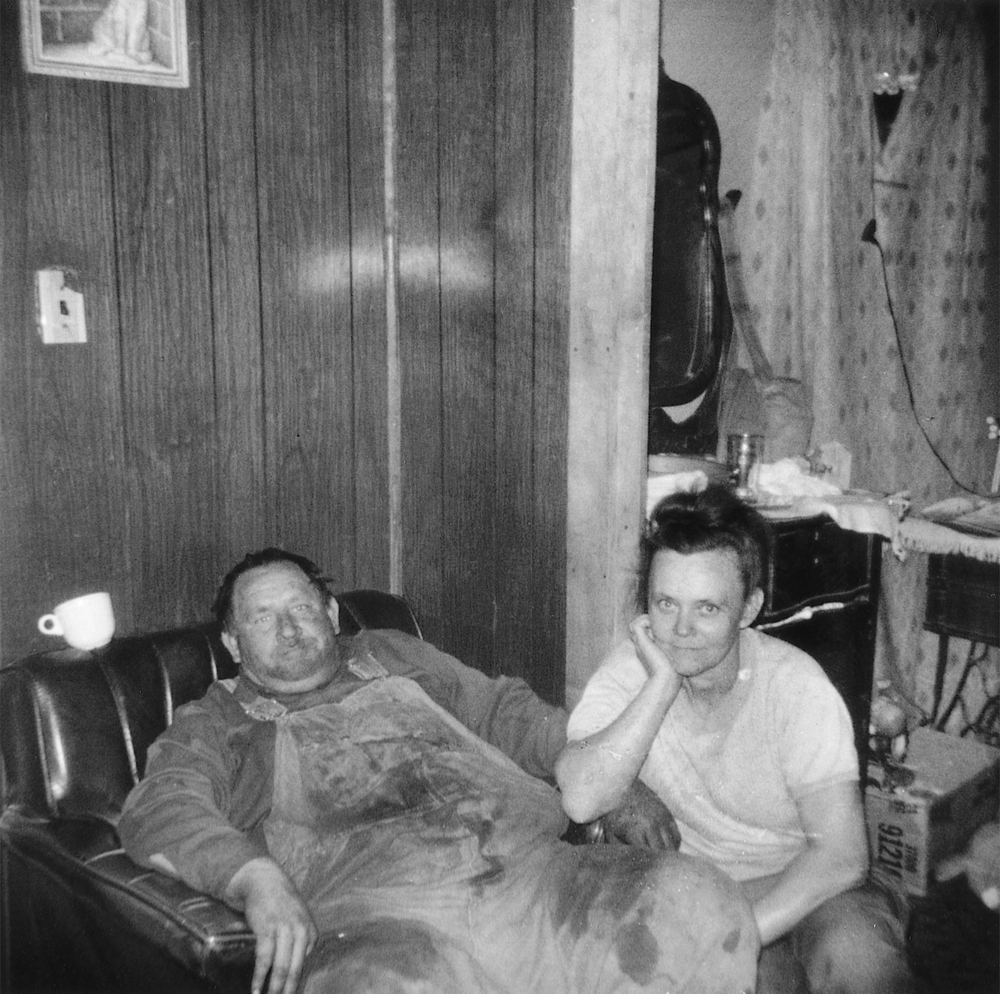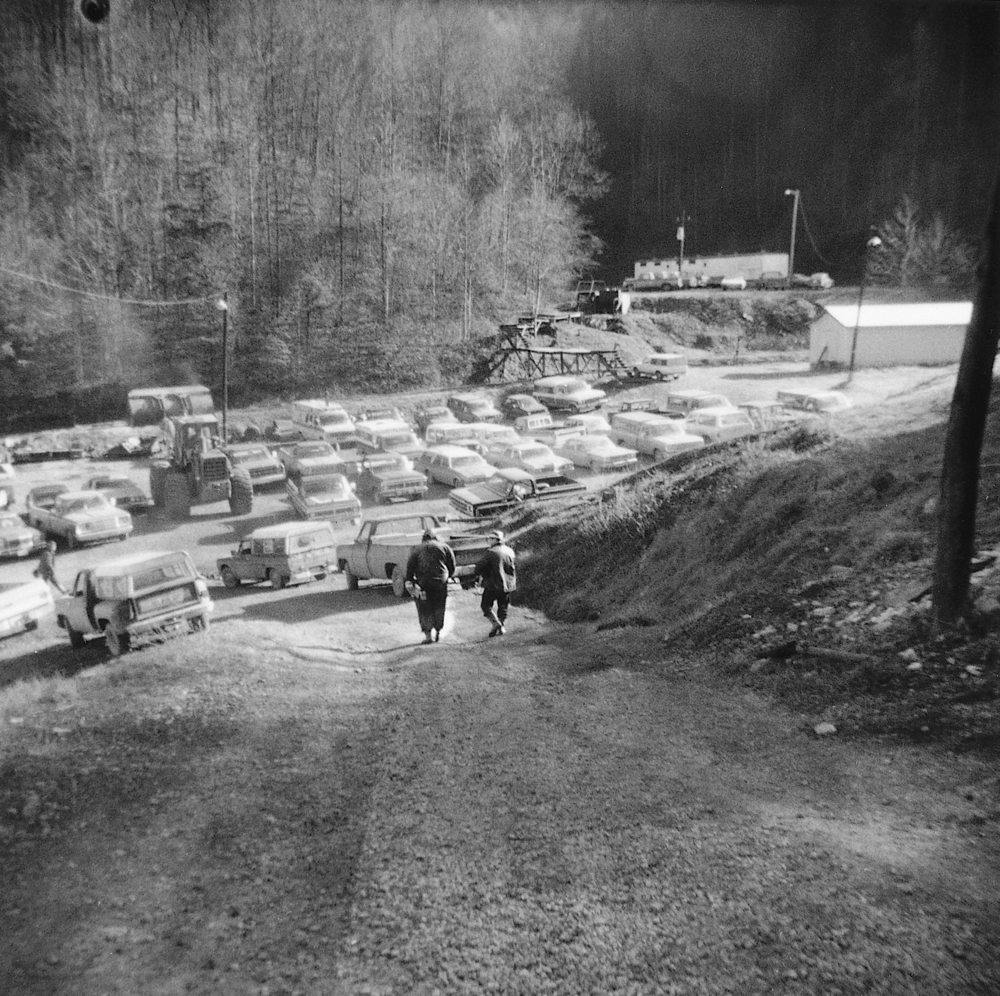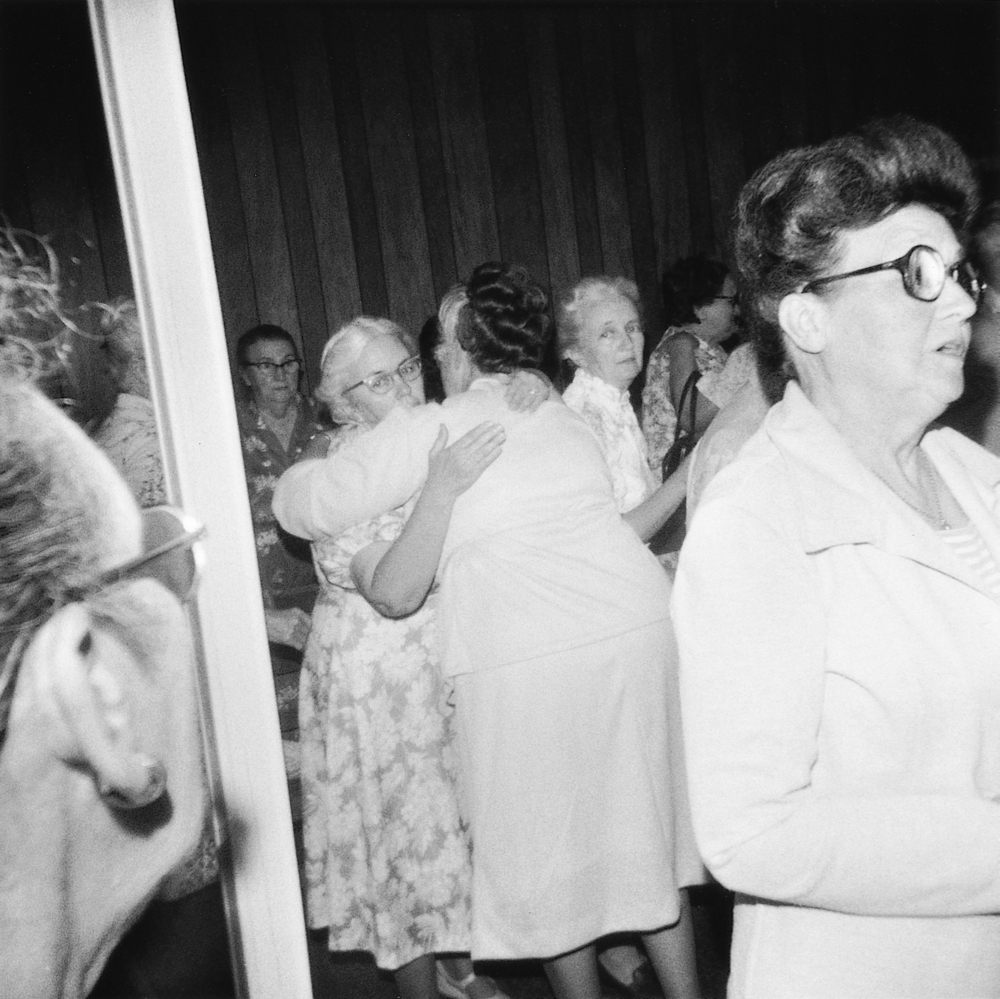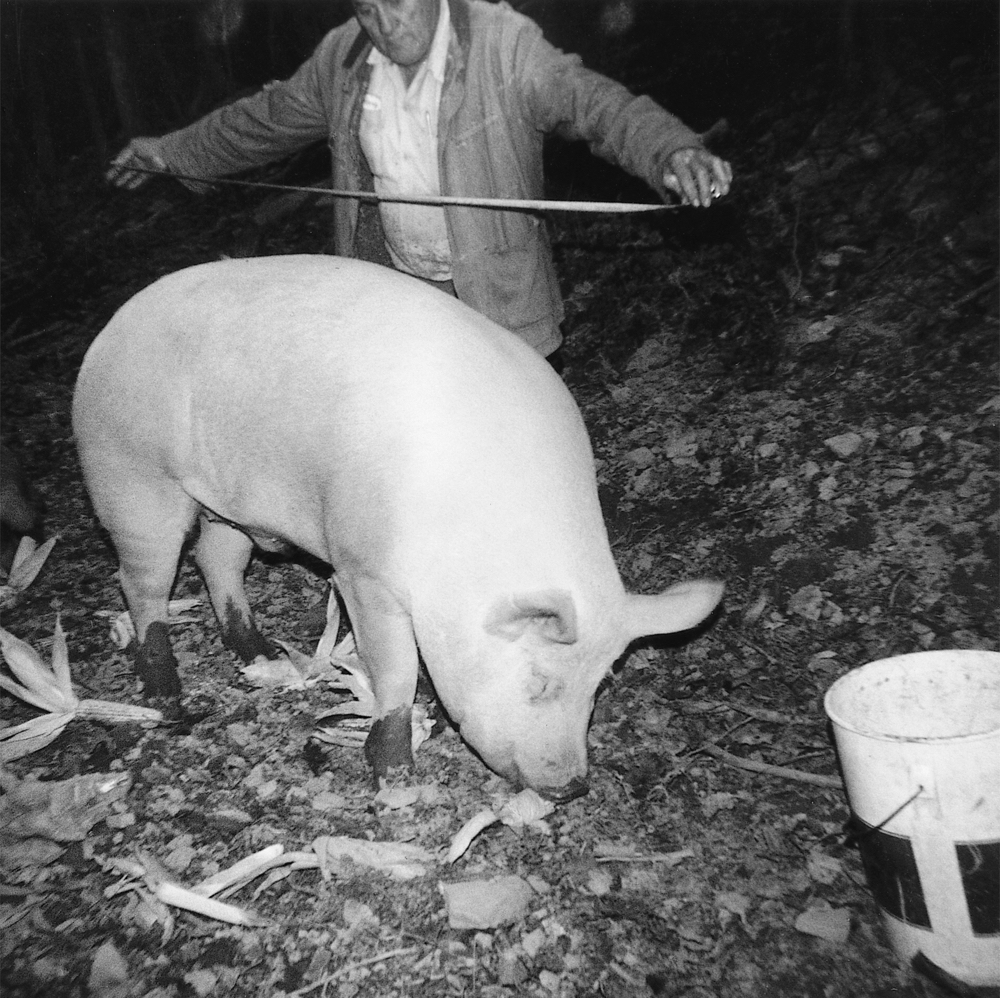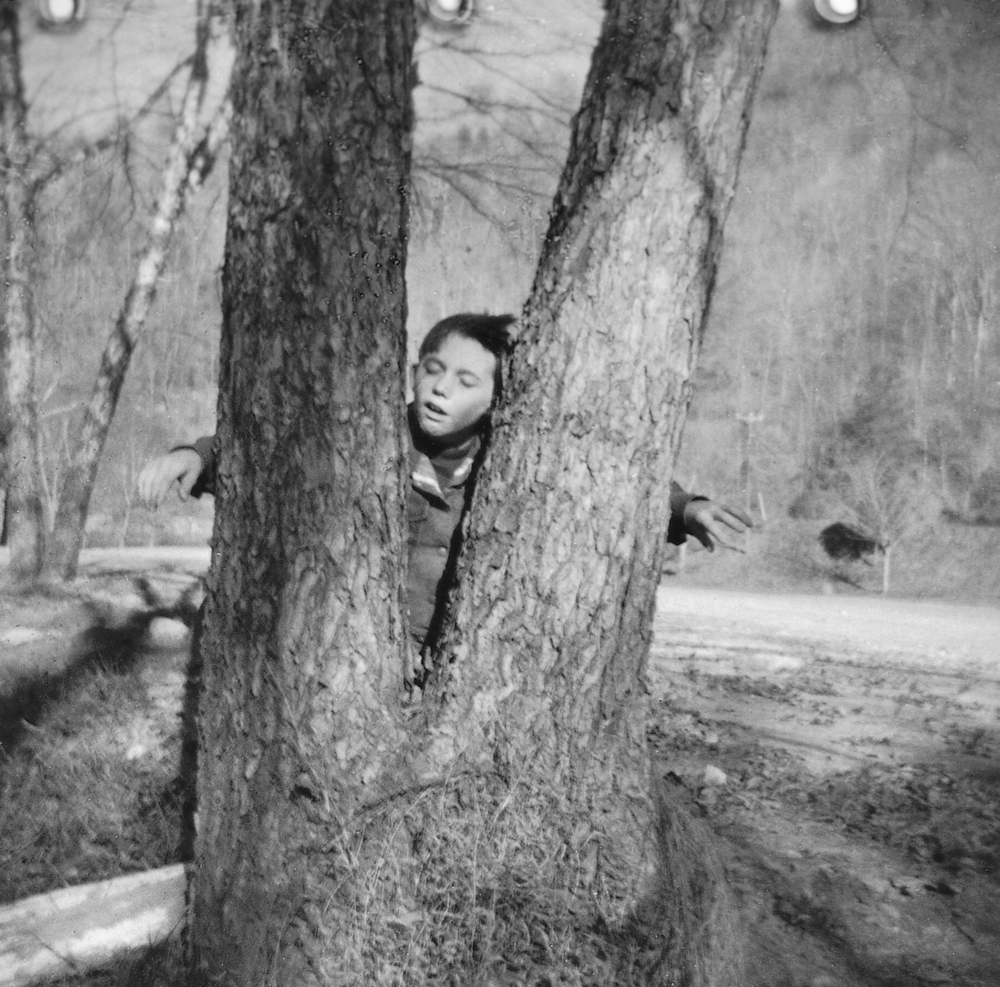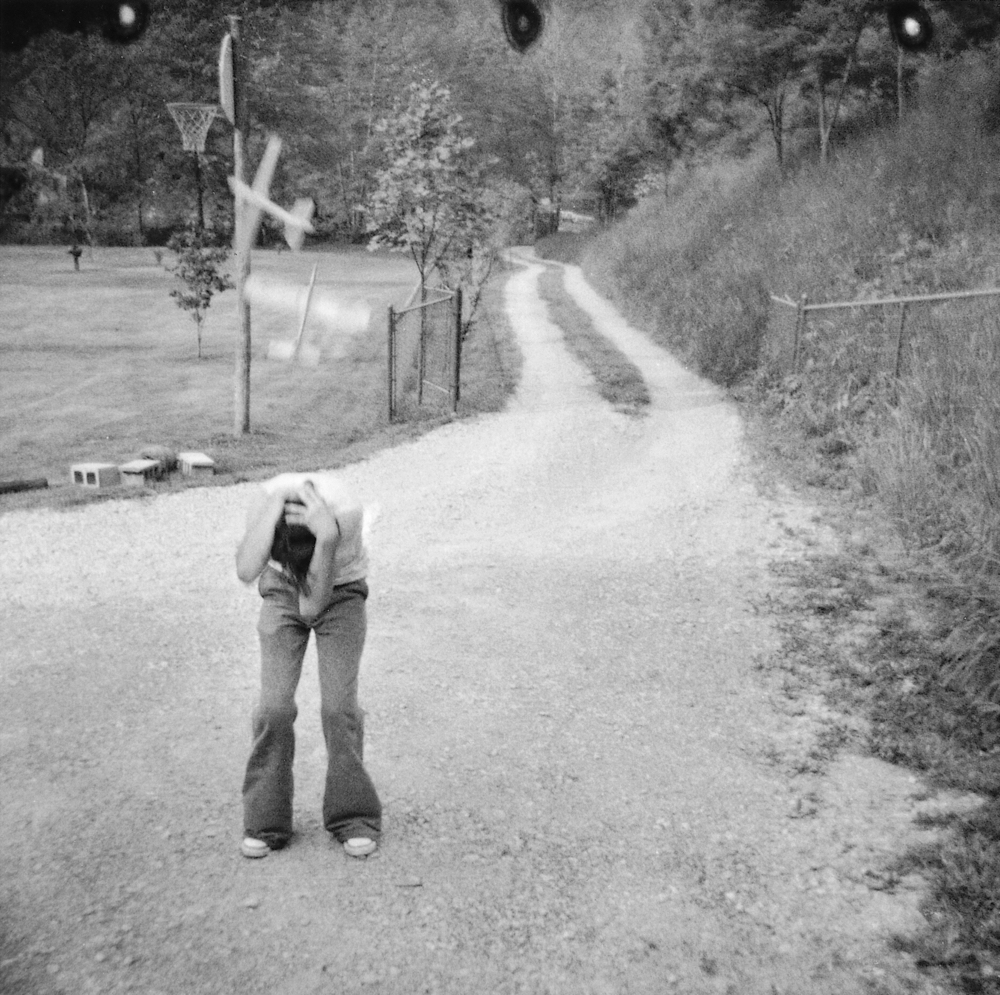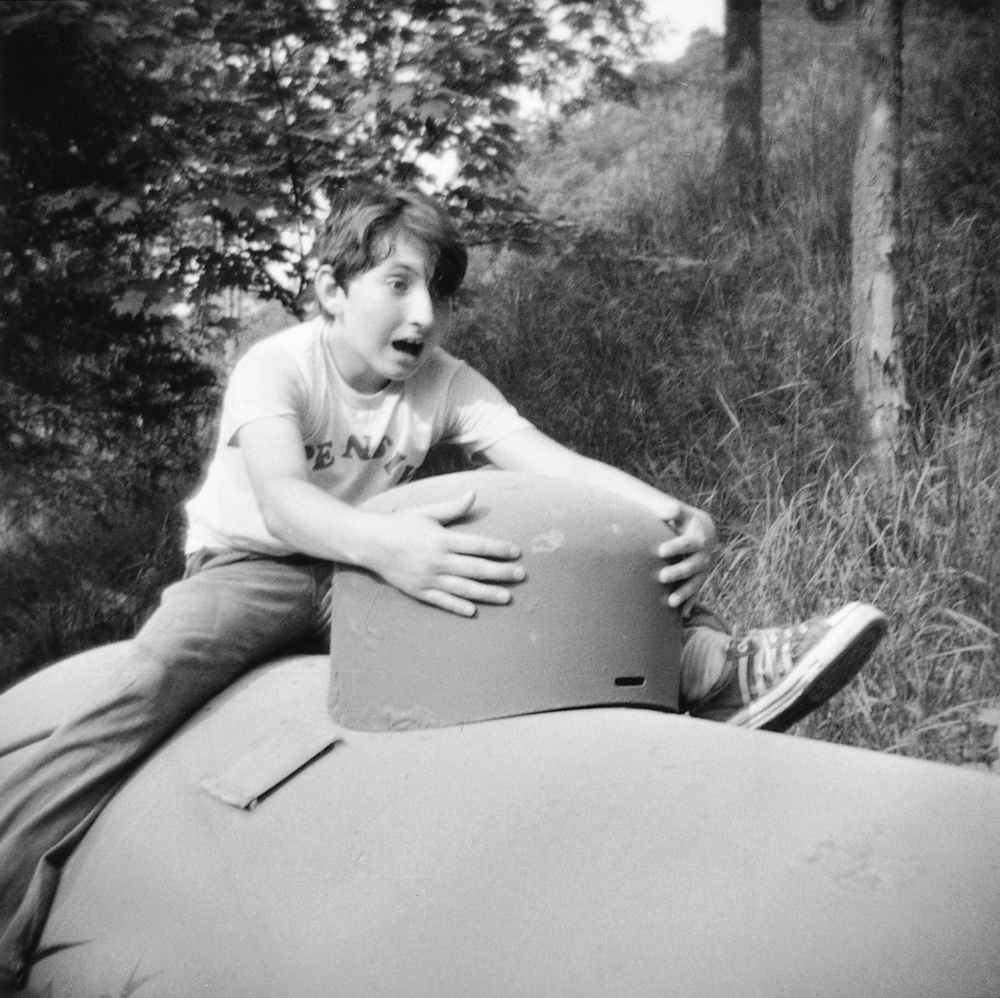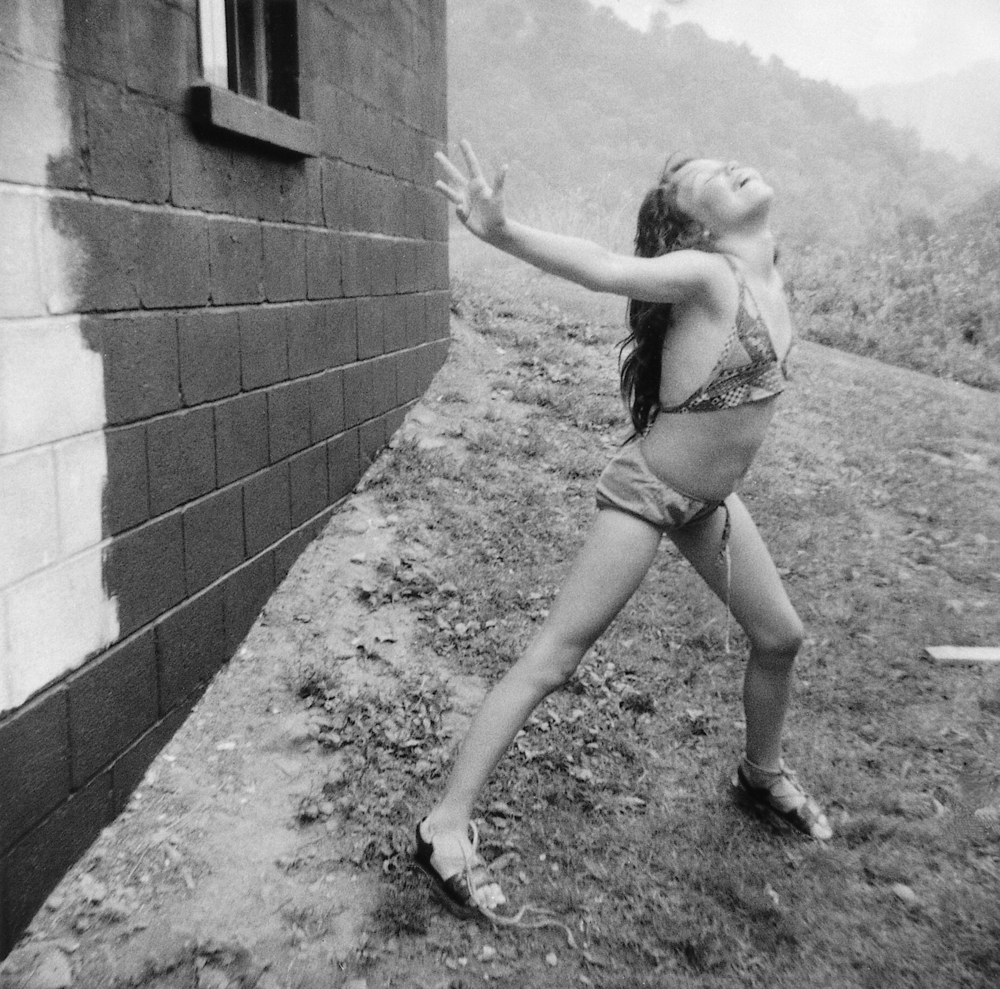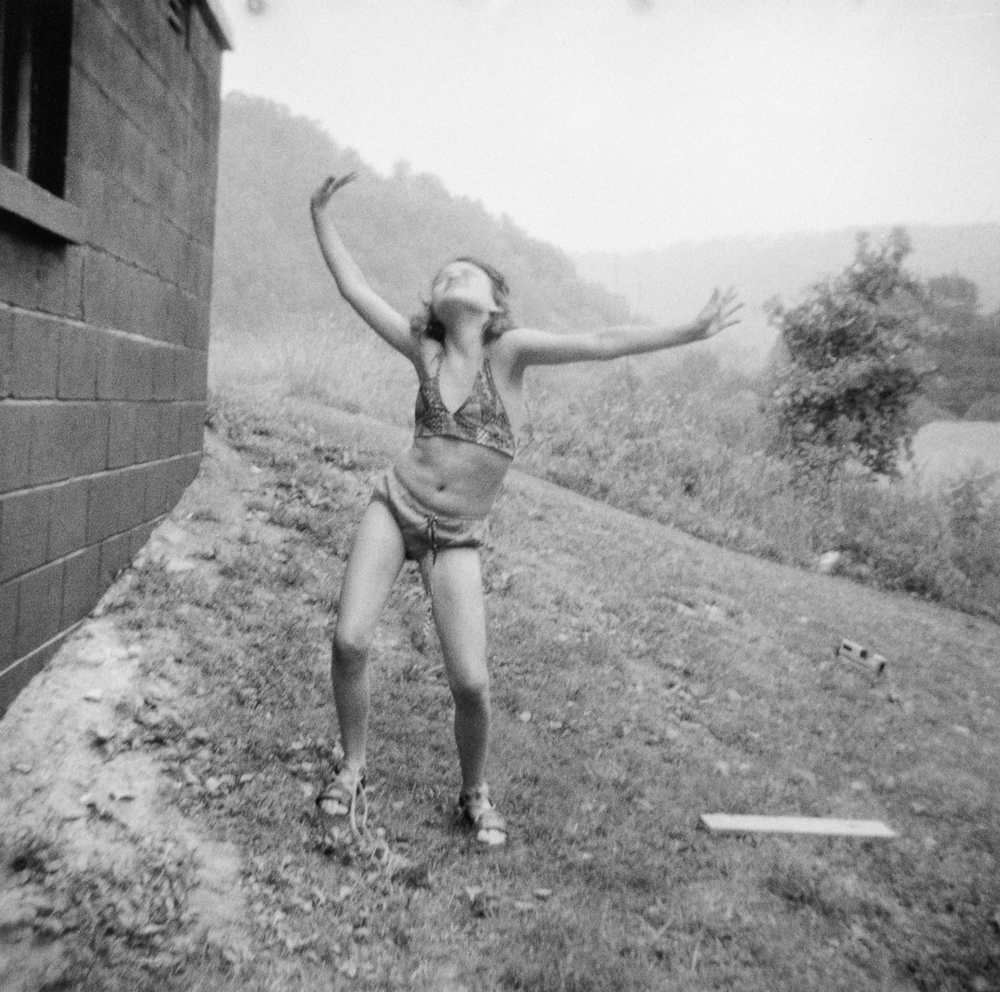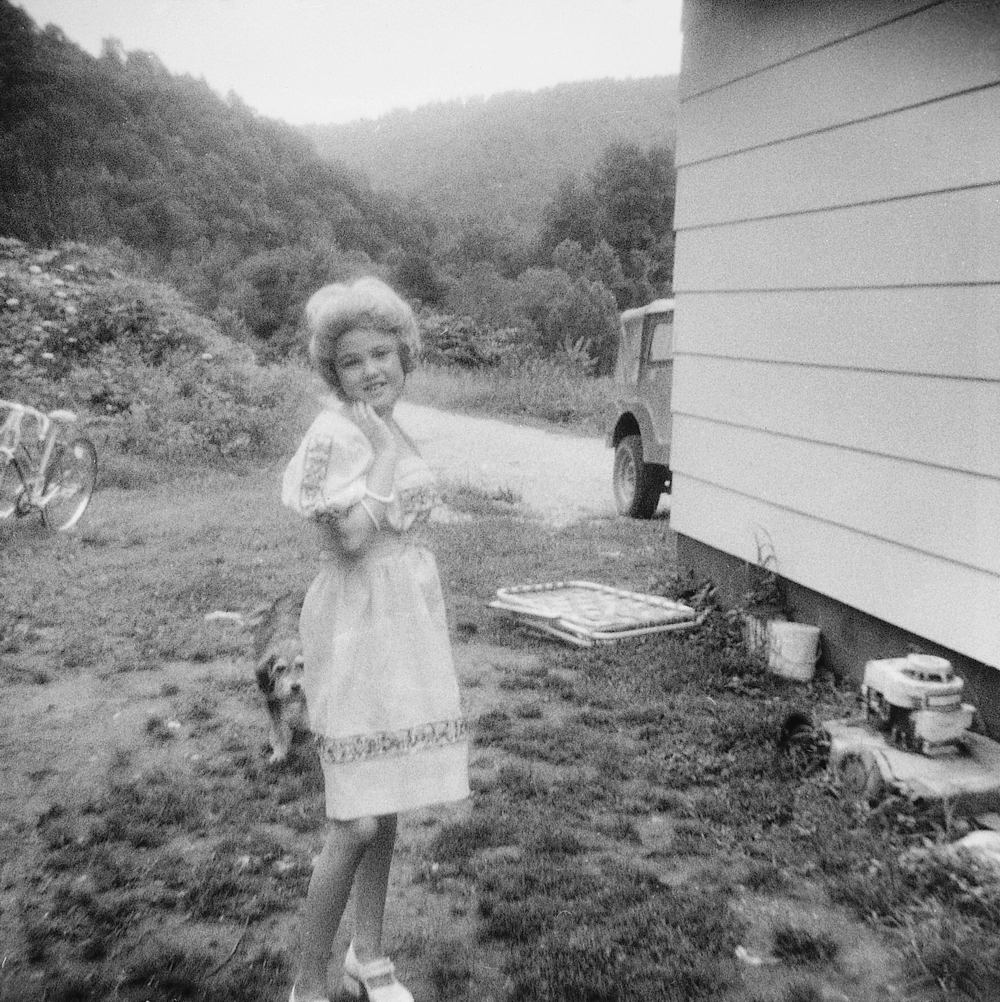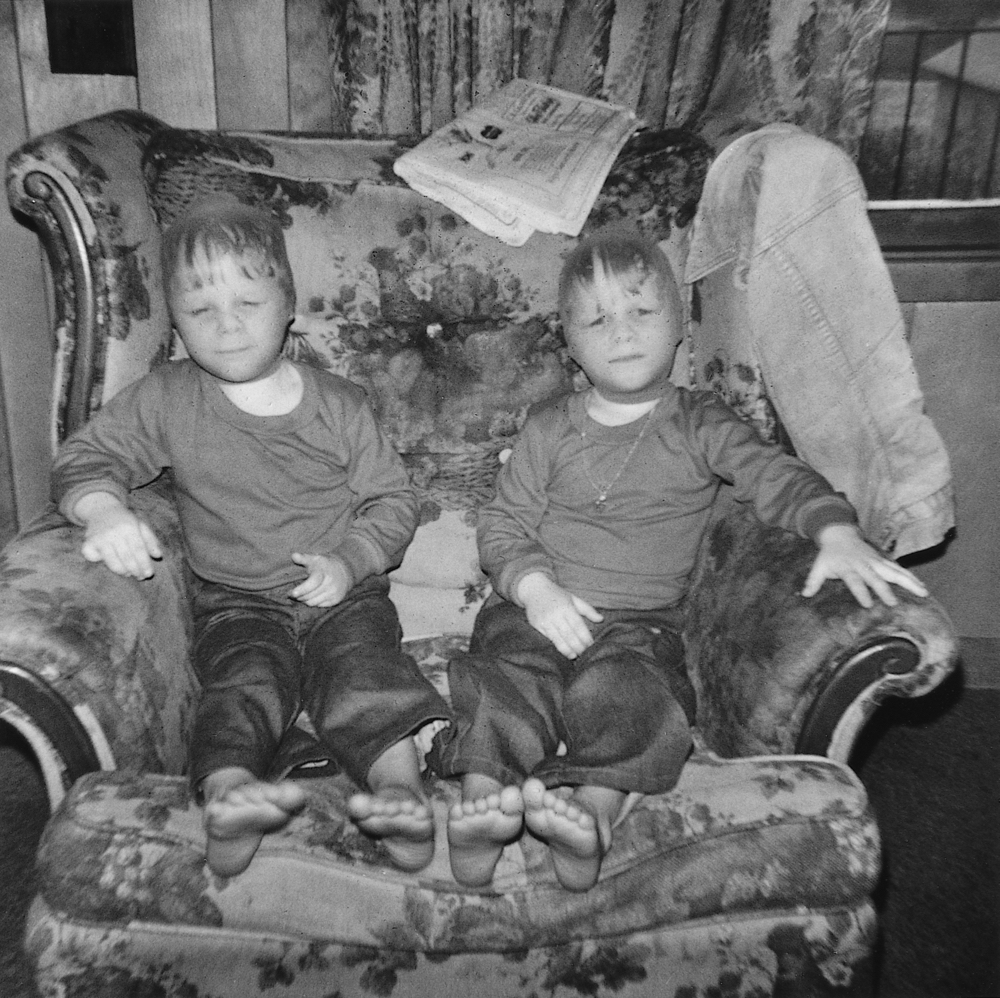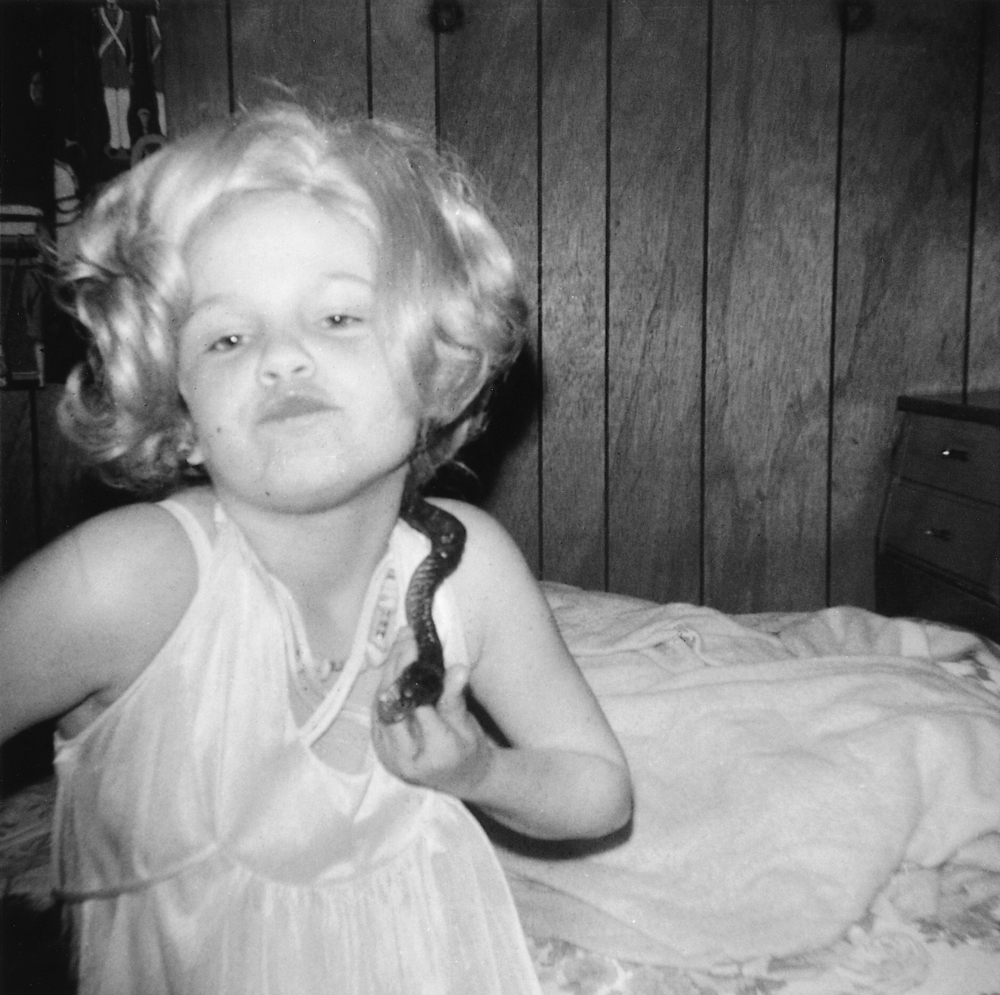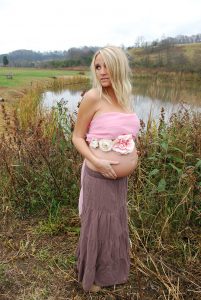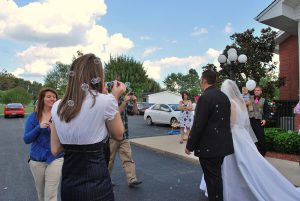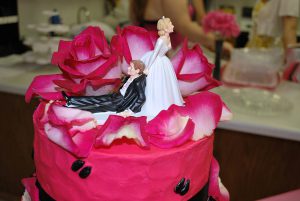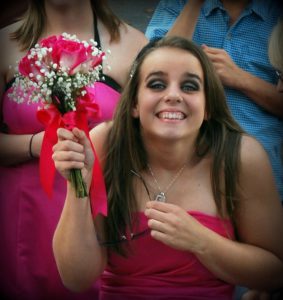Photographs and Stories by Children of the Appalachians
1976 – present day
I taught photography to children in three small rural schools in Letcher County, Kentucky. In my classrooms I tried to create a lively, open atmosphere in which the students could feel at home expressing themselves.
The children, like artists, were more inspired at certain times than at others, so it was important that they always had access to their cameras. As they became more comfortable with the camera, I wanted them to expand their ideas about picture-making, while staying close to the people and places they felt most deeply about. I asked them to photograph themselves, their families, their animals and their community, and to think about stories they might make with photographs.
When they made self-portraits, they discovered that they could be the subjects of their own photographs, and could change themselves into whatever characters they chose to create.
I asked the children to photograph their dreams or fantasies. In order to free up the class for their intensely personal and often frightening dreams, we shut ourselves in the darkroom, sat on the floor, and told each other our dreams. The photographs the children took afterwards broke new ground for many of them—and for me. They seemed not to separate their waking and sleeping worlds, as adults do, and as in dreams ordinary objects became magical vehicles.
Photographs by Children: 1976 – 1981
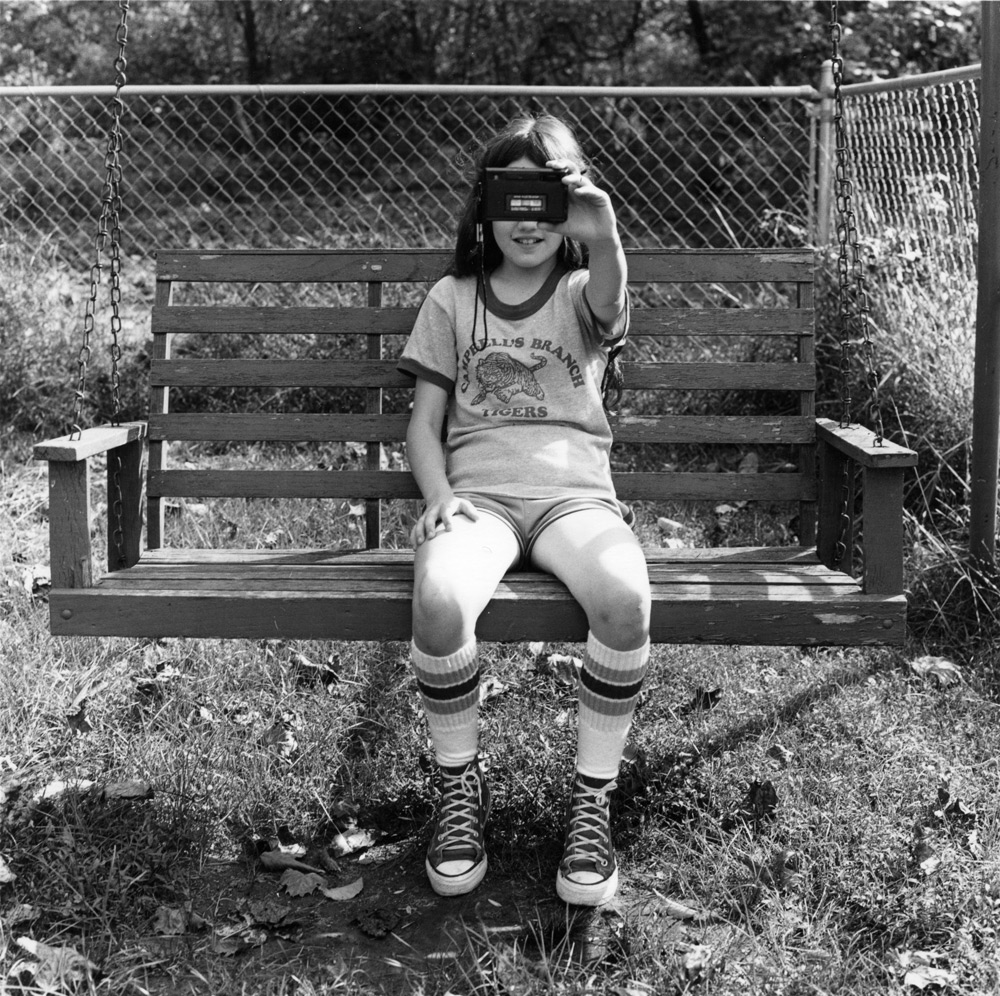
I like to take pictures from my dreams, from television, or just from my imagination. I like those kind of pictures because they’re scary. If I didn’t know how I took them, I’d be I scared by them. My twin brothers, Phillip and Jamie, pose for me. Sometimes they’re good at having their pictures taken, but they get tired of it.
I made a long dream with Phillip and Jamie which comes from TV . shows I’ve watched. I told Jamie to lay down and then I put all this makeup on him to make scars and scratches on his mouth down through his nose and on his hands. I put wood on top of him like a house fell on him, and I told him to act like he was dead. I took some in the graveyard above my house.
For one I told Jamie to grab a hold of the gravestone and start screaming. For the other I told him to kneel down. I told him to bo down like he was sad. I took the picture from the foot of the grave that had just been filled.
I always think about what I’m going to do before I take the picture. I have taken pictures of myself as Dolly Parton and Marilyn Monroe and then there was the girl with the snake around her neck. She was supposed to be a movie star, but really it was me. For some I was dancing in my bathing suit while the music was playing in the basement. I told my girlfriend, Michelle, how far away to stand and to take the pictures when I said. I like people in action, and I always look for a certain time to take a picture.
— Denise Dixon
2009-2018
Denise Dixon grew up to become a wedding and maternity photographer in Kentucky. In 2014, when the Museum of Contemporary Art Detroit invited Wendy to curate an exhibit for the People’s Biennial, whose curators were Jens Hoffmann and Harrell Fletcher, she put together a show of Dixon’s work.

Portraits and Dreams, 2020
Forty years ago, Wendy Ewald taught children in rural Kentucky to capture their lives and dreams. Now they reunite as adults to reflect on the past and catch up on the present. Portraits and Dreams is now available to stream on PBS.
A revised and expanded edition of Portraits and Dreams, published by MACK Books, offers access to a different and broadened view of the rural south over the span of 35 years, and includes contemporary pictures and stories by eight of the students from the original publication.
